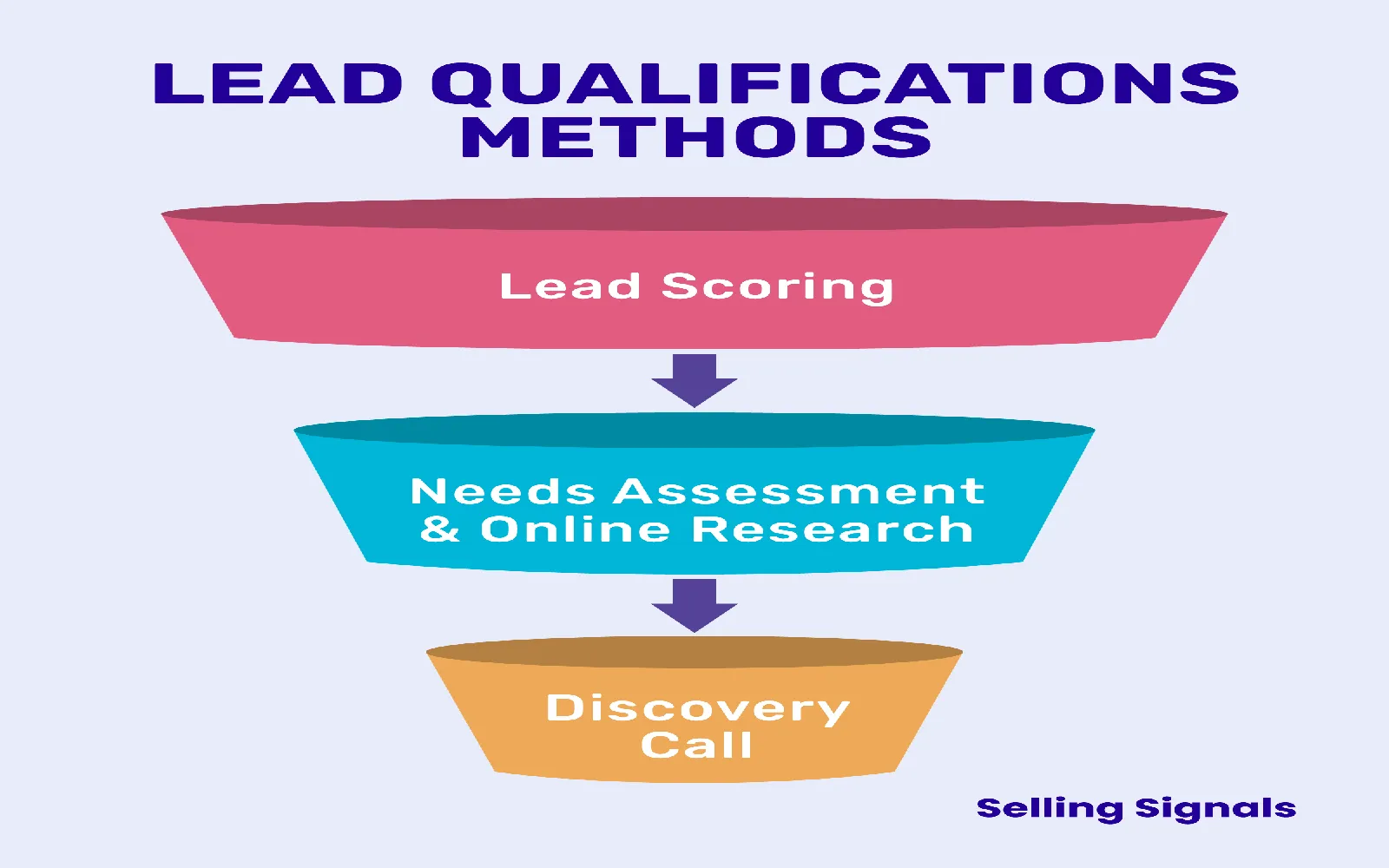1. Implementing Lead Scoring Systems
One effective way to automatically qualify your leads is by implementing a lead scoring system. This system assigns numerical values to leads based on their engagement and behavior. For instance, actions like downloading a whitepaper, attending a webinar, or clicking on a link in your email can add points to a lead’s score. Conversely, actions that indicate a lack of interest, such as unsubscribing from your newsletter, can deduct points. By defining a threshold score, you can prioritize leads that are more likely to convert.
Here’s a simple table illustrating a basic lead scoring system:
| Action | Points |
|---|---|
| Download eBook | 10 |
| Attend Webinar | 8 |
| Click on Email Link | 5 |
| Unsubscribe from Newsletter | -10 |
2. Utilizing Behavioral Tracking Tools
Another way to automatically qualify your leads is by using behavioral tracking tools. These tools monitor how potential customers interact with your website and content. By analyzing their behavior, such as the pages they visit, the time spent on each page, and the content they engage with, you can gather valuable insights into their interests and intent.
For instance, if a lead spends a considerable amount of time on your product pages, it indicates a strong interest in your offerings. You can then categorize these leads as qualified and prioritize them for follow-ups. This automated process eliminates guesswork and ensures your sales team focuses on leads that show genuine interest.
3. Leveraging CRM for Automated Lead Qualification
Customer Relationship Management (CRM) systems can streamline your lead qualification process. Most modern CRMs come equipped with automation features that help in scoring and categorizing leads based on predefined criteria. By integrating your referrerAdCreative campaigns with your CRM, you can automatically update lead statuses based on their interactions.
For example, leads coming from sources that have historically converted well can be marked as high priority. This automation not only saves time for your sales team but also ensures that no qualified lead slips through the cracks. Below is a chart showcasing how a CRM can categorize leads based on their source:
| Lead Source | Qualification Status |
|---|---|
| Social Media Campaign | High Priority |
| Website Contact Form | Medium Priority |
| Email Newsletter | Low Priority |
4. Automating Follow-up Processes
Lastly, automating your follow-up processes can significantly enhance lead qualification. By setting up automated email sequences triggered by specific actions, you can keep your leads engaged and move them closer to conversion. For instance, if a lead downloads a resource from your website, an automated thank-you email can be sent, followed by additional content that aligns with their interests.
This not only provides value to the lead but also allows you to gauge their engagement level based on their responses. If they open the emails and click on the links, it’s a clear indication of interest, allowing you to label them as a more qualified lead. The following chart summarizes the effectiveness of automated follow-up:
| Follow-Up Action | Engagement Rate |
|---|---|
| Thank You Email | 60% |
| Content Recommendation Email | 45% |
| Sales Inquiry Email | 30% |
In summary, automatically qualifying your leads is crucial for maximizing your sales efforts and ensuring that your team focuses on the most promising prospects. By implementing a lead scoring system, utilizing behavioral tracking, leveraging CRM tools, and automating follow-up processes, you can create a streamlined and efficient qualification process. This systematic approach not only saves time but also increases your chances of converting leads into loyal customers.





